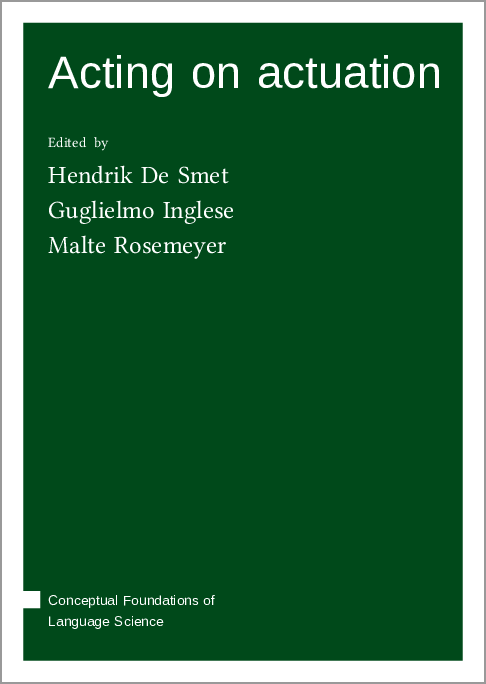We log anonymous usage statistics. Please read the privacy information for details.
Acting on actuation
Synopsis
This volume presents a timely discussion on one of the most fundamental and yet elusive questions in historical linguistics: why do certain linguistic changes take place in some languages at specific times, but not in others, even under similar conditions? The actuation problem, first articulated by Weinreich, Labov, and Herzog (1968), remains a central puzzle in the study of language change, at the crossroads between language structure, cognitive processes, and social dynamics. While significant progress has been made in identifying pathways and constraints on change and in understanding the social embedding of linguistic variation, the ultimate challenge of predicting language change remains unresolved, raising the question of whether historical linguistics can ever be a predictive science. The main reason for skepticism is that the inherent complexity of language structure and use makes it extremely challenging to predict when and how a given change may occur. Even so, a reassessment of where the discipline stands with respect to its most central research question is in order.
Building on recent advances in variationist sociolinguistics, grammaticalization theory, and probabilistic modeling of language, the contributions in this volume offer fresh theoretical and methodological perspectives on the actuation problem, discussing the interplay between principles of language change, the role of bilingualism and language contact more generally, the distinction between innovation and propagation, and the role of sociocultural change. Research presented in this volume shows that there is indeed cause for hope, bringing at least a probabilistic answer to the actuation problem within closer reach.
Chapters
-
Acting on actuationWhy here, why now?
-
Contact-induced language change and its constraints in relation to actuation
-
What can toys teach us about actuation?
-
Parallel linguistic and sociocultural changeModals and mores
-
Sound change in present-day DutchA variationist, synchronic approach to the actuation problem
-
Relative clause-forming strategies in GermanOn typological generalizations and diachronic language change




